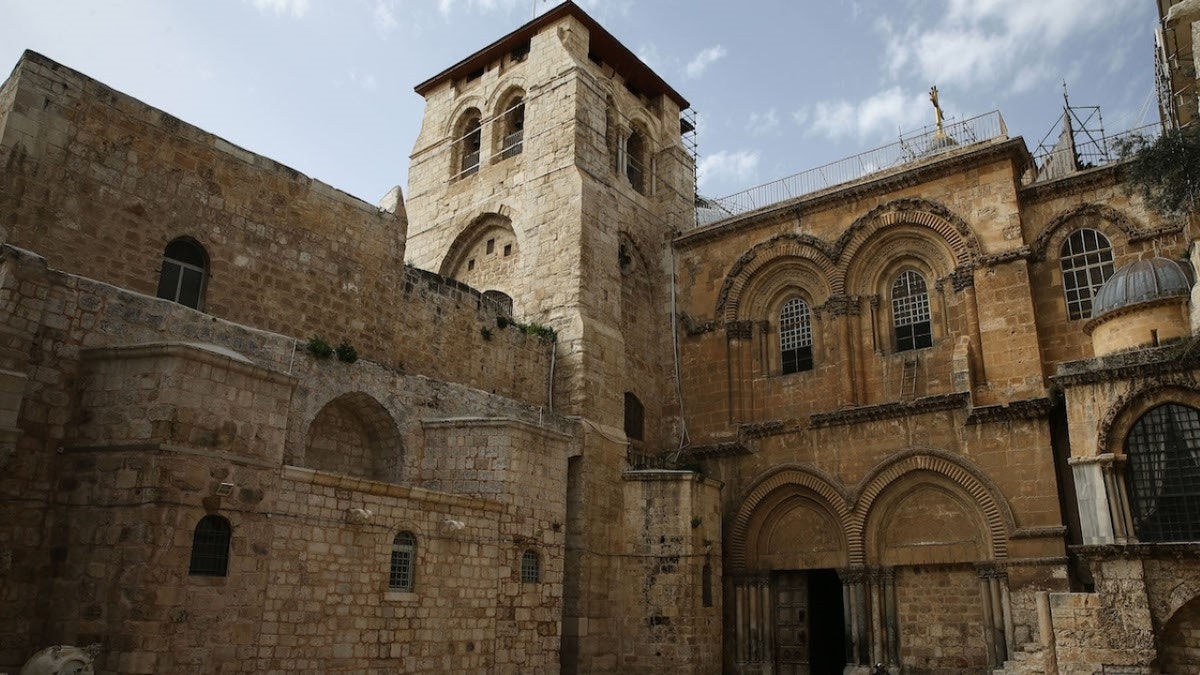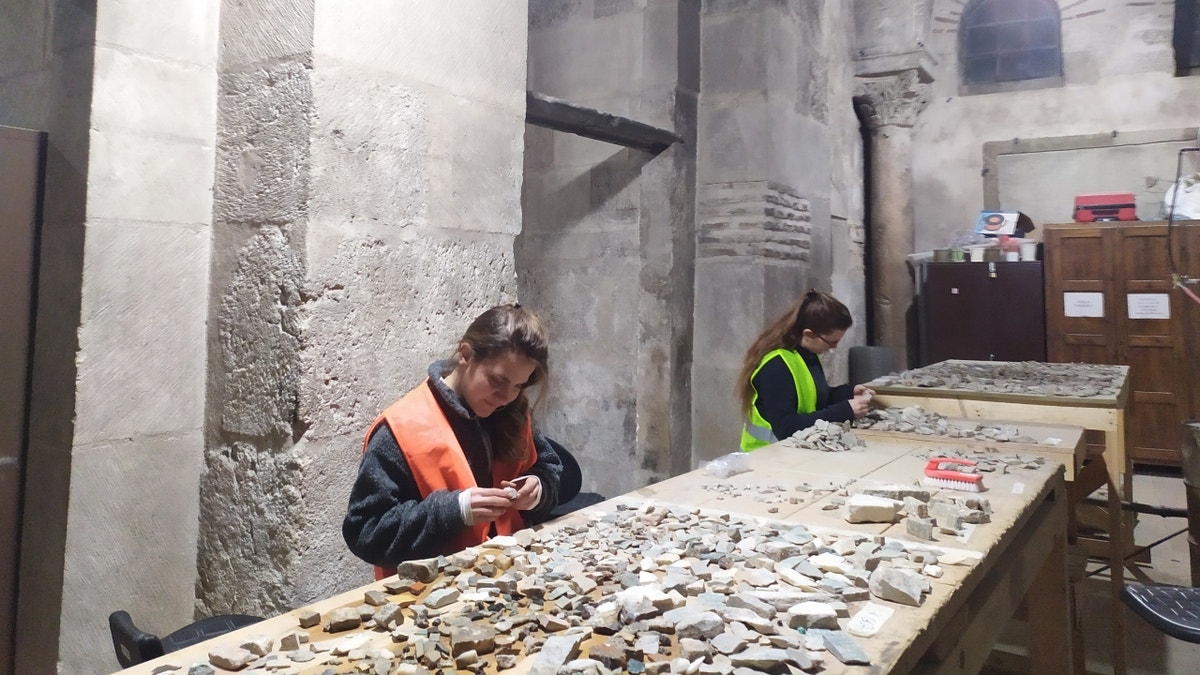Proof of an ancient garden, consistent with biblical scripture, has emerged at the holiest site in Christianity — and an archaeologist says “many surprises” from the site are in the works.
Archaeologists excavating the Church of the Holy Sepulchre, the ancient church in Jerusalem situated where Jesus Christ was crucified and buried, recently found evidence of ancient olive trees and grapevines. The specimens date back roughly 2,000 years.
The discovery echoes the New Testament verse John 19:41, “Now in the place where he was crucified there was a garden, and in the garden a new tomb in which no one had yet been laid.”
METAL DETECTORIST UNWITTINGLY DISCOVERS STRANGE HOARD OF HUNDREDS OF ANCIENT OBJECTS: ‘RARELY SEEN’
Francesca Stasolla, an archaeology professor at the Sapienza University of Rome, confirmed the findings with Fox News Digital on Wednesday. She said the proof of the ancient garden came in the form of seeds and pollen.
Proof of ancient olive trees and grapevines were recently found at the Church of the Holy Sepulchre in Jerusalem. (Archivio Università di Roma Sapienza)
Calvary, the site where the church stands, had multiple uses in ancient times, including being used as a quarry.
While the exact age of the organic material has yet to be determined, Stasolla said the pollen and seeds date back “in between the use of the quarry and the Roman age, when the area had a funerary use.”
“The quarry had to be gradually abandoned and as the stone extraction ended it was used for agricultural areas and tombs,” Stasolla said. “This must have been what it looked like in the 1st century A.D.”
ARCHAEOLOGISTS UNCOVER ‘CREEPY’ PUPPETS IN ODD LOCATION: ‘THIS THING ALMOST MOVED’

The ancient pollen and seeds will undergo additional testing as archaeologists continue their work. (Archivio Università di Roma Sapienza)
Stasolla also mentioned that many artifacts have been found at the site so far, with some dating all the way back to the Iron Age. The discoveries attest to the area’s status as a pilgrimage location since the fourth century.
“Ceramics, metals, glass… [all] document both the occupation of the area and the presence of believers and pilgrims,” she noted. “The excavation’s [aim is to gain] knowledge [about this] significant area of the city of Jerusalem.”

The Church of the Holy Sepulchre in Jerusalem dates back to the fourth century. (Archivio Università di Roma Sapienza)
“And this is what it is giving back,” she added. “An area that, from a certain moment on, becomes central in the Christian cult.”
For more Lifestyle articles, visit foxnews.com/lifestyle
The excavation, first reported by the Times of Israel, is the first major restoration project at the Church of the Holy Sepulchre in nearly two centuries. The diggings are “taking place in all areas of the church common to the religious communities,” Stasolla said.
The church was founded in 326 A.D., though the original fourth-century structure was destroyed by Islamic ruler al-Hakim bi-Amr Allah in 1009 A.D.
The site was taken over by Christian Crusaders nearly a century later, and Stasolla said that the still-standing church is largely the work of the Crusaders.
CLICK HERE TO SIGN UP FOR OUR LIFESTYLE NEWSLETTER

An Italian archaeologist (not pictured) said that some of the artifacts found at the site date back to the Iron Age. (Archivio Università di Roma Sapienza)
“The current church is that of the Crusader reconstruction, but the whole church is a composition of historical phases from the fourth century to the modern age,” she described.
When asked if she felt that the discovery echoes John 19:41, Stastolla agreed, though she drew a line between archaeological research and theology.
“Archaeology provides us with data that must then be historicized and interpreted,” she said. “In this case, it documents an agricultural use of the quarry… [the Bible quote] is certainly suggestive [of this].”
Stasolla also emphasized that the excavation work is “still in progress, and the study will reserve many surprises.”
CLICK HERE TO GET THE FOX NEWS APP
“It is certainly a strategic excavation for the knowledge of the development of the city and its process of sacralization in a Christian key,” she said.



